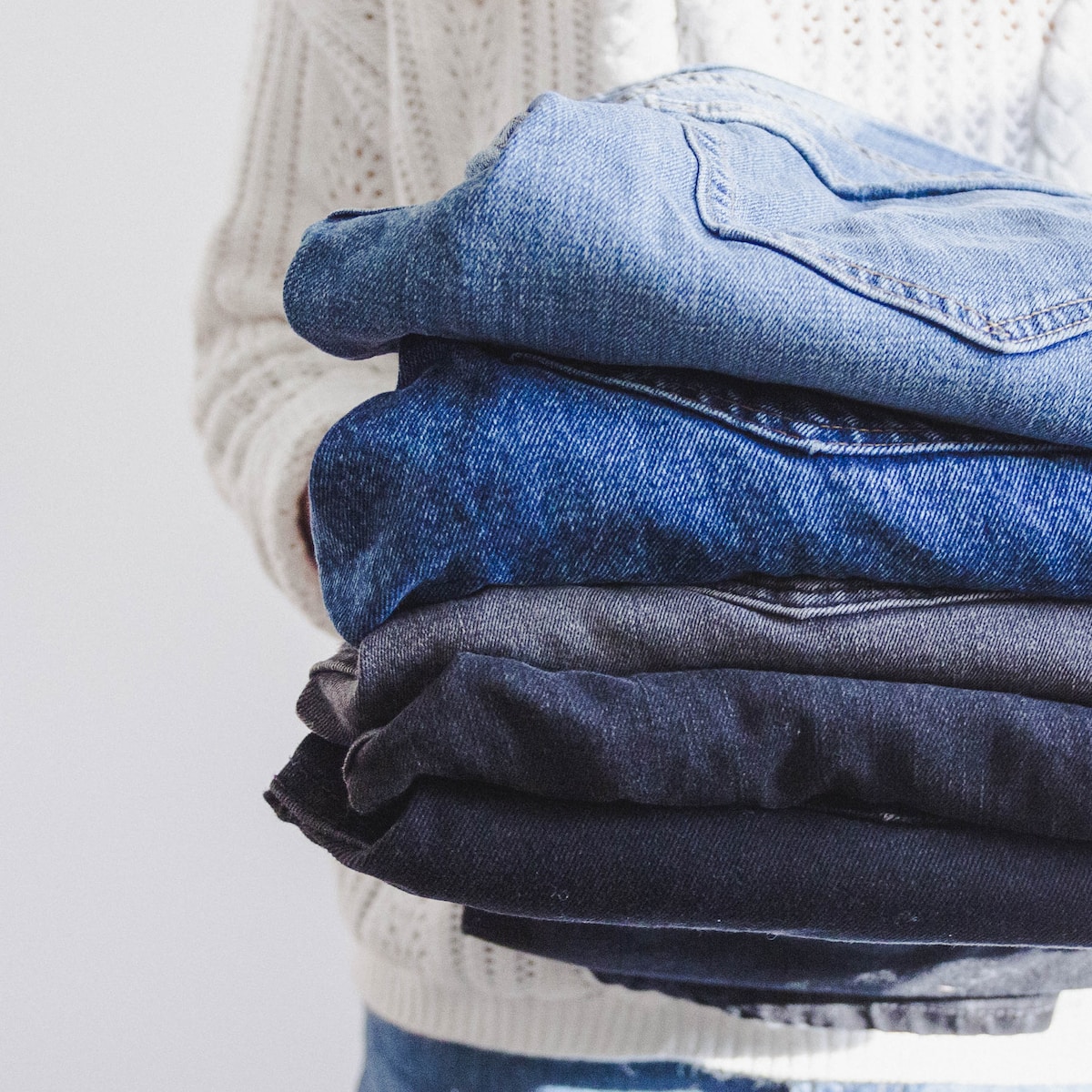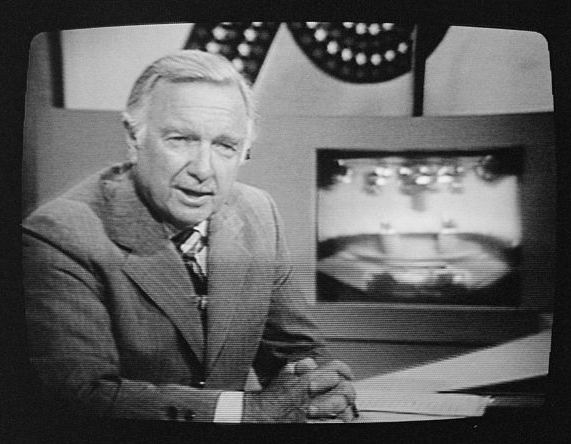Share this article with your network of friends!
For seniors who lived through the 1960s and 1970s, the acceptance of jeans as a mainstream fashion staple represents a significant cultural shift. What was once considered rebel wear and associated with youth counterculture became a symbol of casual chic and embraced by people of all ages. In this article, we delve into the transformative journey of jeans during these two decades, exploring how they evolved from a symbol of rebellion to a timeless wardrobe essential.
The 1960s: Jeans as a Symbol of Rebellion
In the 1960s, jeans symbolized rebellion and defiance against traditional fashion norms. They were embraced by the youth counterculture, including hippies and anti-establishment groups. Worn by activists, artists, and musicians, jeans represented a rejection of the conservative styles of previous generations.
Jeans were also associated with the working class and the labor movement, reflecting the working-class roots of denim as sturdy workwear. Their durability and functionality made them ideal for those engaged in physical labor, such as factory workers and cowboys.
Celebrities and the Influence of Pop Culture
The acceptance of jeans as fashion attire was further propelled by popular culture and influential figures. Celebrities like James Dean and Marlon Brando wore jeans on and off-screen, lending the garment an air of coolness and rebellious charm. Their adoption of jeans as part of their personal style resonated with young people, who saw these icons as trendsetters.
The 1970s: The Mainstreaming of Jeans
As the 1970s rolled in, jeans underwent a remarkable transformation from rebel wear to mainstream fashion. Designers and fashion houses began incorporating denim into their collections, elevating jeans from casual wear to a stylish fashion choice.
The hippie and bohemian movements of the 1970s further popularized jeans, as they perfectly complemented the free-spirited and laid-back fashion ethos of the era. Bellbottom jeans, with their flared legs, became particularly trendy and captured the essence of the groovy 70s.
Jeans in the Workplace
During the 1970s, jeans also began to make inroads into the workplace, challenging the notion that they were solely casual wear. Office dress codes started to relax, allowing employees to wear jeans on certain days or in specific industries. This acceptance in professional settings marked a significant departure from the more rigid dress codes of previous decades.
Jeans for All Ages
Perhaps one of the most notable shifts in jeans acceptance during the 1960s and 1970s was the fact that they transcended generational barriers. Once associated primarily with youth culture, jeans became embraced by people of all ages. This broad acceptance was a testament to their versatility and universal appeal.
Conclusion
As seniors who witnessed the transformative decades of the 1960s and 1970s, you experienced firsthand the changing attitudes toward jeans. From a symbol of rebellion to a timeless fashion staple, jeans have become a symbol of cultural shifts and an enduring piece of American fashion history.
As we embrace the comfort and style of jeans in modern times, let us remember their evolution—a journey that saw them transcend generational divides and become an integral part of our wardrobes. As jeans continue to adapt and evolve with the times, their legacy remains a testament to the power of fashion to reflect societal changes and redefine what is considered stylish and acceptable.
DISCLAIMER: This website contains articles for informational and entertainment purposes only. No articles on this website should be considered as professional advice for any medical, legal, or financial matter. Advertisements and content may contain affiliate links, where the website earns a commission for sales derived from our users.





